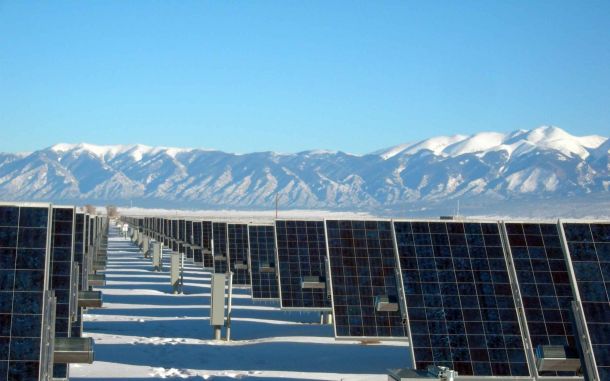Hydroelectric Power Plants
In the United States, hydroelectric power is a significant source of electricity generation, providing around 7% of the country’s electricity needs. In this blog post, we’ll take a closer look at hydroelectric power plants in the USA, their benefits, and their impact on the environment.
Benefits of Hydroelectric Power Plants
Hydroelectric power plants have several advantages over other types of power generation. Firstly, they are a reliable and consistent source of energy since the water supply needed to generate electricity is often controlled by dams. Secondly, they are a clean source of energy, producing no greenhouse gases or air pollutants. Thirdly, hydroelectric power plants can help manage water resources, preventing flooding and providing irrigation to agricultural land.
Hydroelectric Power Plants in the USA
The United States is home to over 2,500 hydroelectric power plants, making it the largest producer of hydroelectric power in the world. The largest hydroelectric power plant in the USA is the Grand Coulee Dam in Washington state, which has a capacity of over 6,800 MW. Other large hydroelectric power plants in the USA include the Hoover Dam in Arizona and the Niagara Falls Power Project in New York.
The US government has been investing in upgrading and modernizing the country’s hydroelectric power infrastructure. In 2021, the US Department of Energy announced $32 million in funding for the research and development of new hydropower technologies to improve the efficiency and reliability of existing hydroelectric power plants.
Environmental Impact
While hydroelectric power plants are a clean source of energy, they still have an impact on the environment. The construction of dams and reservoirs can cause habitat loss and disrupt ecosystems, leading to the displacement of wildlife and changes in water quality. Additionally, changes in water flow can affect fish populations and migration patterns.
To mitigate the environmental impact of hydroelectric power plants, the US government has implemented several programs and initiatives. For example, the US Fish and Wildlife Service has a program to protect and restore fish populations affected by hydroelectric power plants.
Conclusion
Hydroelectric power is a reliable and clean source of energy that plays an important role in meeting the USA’s energy needs. While hydroelectric power plants have an impact on the environment, efforts are being made to mitigate their effects. Investing in upgrading and modernizing hydroelectric power infrastructure will continue to improve the efficiency and reliability of hydroelectric power plants in the USA.
Sources
- US Department of Energy: Hydropower
- US Energy Information Administration: Hydroelectric Power Explained
- US Army Corps of Engineers: Hydroelectric Power
- US Fish and Wildlife Service: Hydropower and Fish

